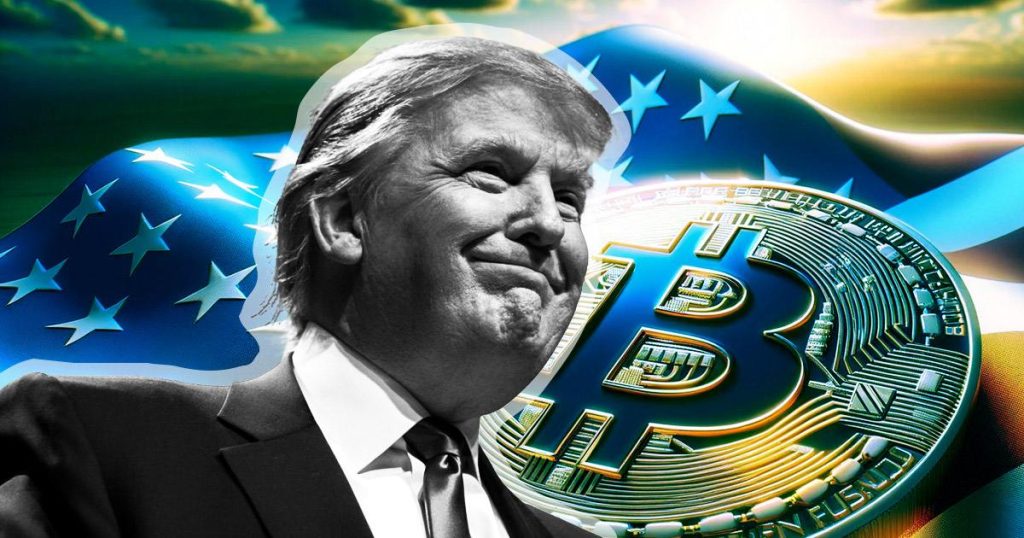DAIM CEO on Trump’s Bitcoin Reserve Asset Proposal: A Complex Possibility

Introduction
In the ever-evolving world of cryptocurrency, recent remarks by the CEO of Digital Asset Investment Management (DAIM), Adam Pokornicky, have sparked significant interest and debate. Addressing former President Donald Trump’s intriguing proposal to make Bitcoin a reserve asset, Pokornicky opines that while the idea is challenging, it remains within the realm of possibility.
Understanding the Proposal
The Basics
Donald Trump’s proposal to integrate Bitcoin as a reserve asset is groundbreaking. Traditionally, reserve assets are held in significant quantities by governments and institutions to support monetary policies and provide financial stability.
Implications for Bitcoin
Should Bitcoin be adopted as a reserve asset, it would mark a monumental shift in its recognition and utilization, potentially stabilizing its value and increasing global trust in its viability as a long-term investment.
Challenges Highlighted by DAIM’s CEO
Regulatory Hurdles
Pokornicky points out that regulatory frameworks in the U.S. and globally would need substantial adaptation to accommodate Bitcoin in this new role. Regulatory acceptance is slow and often resistant to such drastic changes.
Market Volatility
Bitcoin is renowned for its price volatility. This characteristic poses a significant risk for it to function as a stable reserve asset, which is traditionally less volatile.
Potential Benefits Explored
Enhanced Market Stability
Integrating Bitcoin as a reserve asset could lead to greater market stability. As nations begin to hold Bitcoin, its global market could see reduced volatility due to the increased presence of stable, institutional investors.
Legitimization of Cryptocurrencies
This move could also serve as a major step toward the legitimization of cryptocurrencies, encouraging broader acceptance and integration into the global economy.
Strategic Considerations
Global Economic Impact
The adoption of Bitcoin as a reserve asset could shift the global economic landscape, challenging the dominance of traditional fiat currencies like the U.S. dollar.
Technological Advancements
To support this transition, significant technological advancements would be necessary to ensure that Bitcoin can meet the demands of a reserve asset in terms of security and transactional capabilities.
Conclusion
While the path to making Bitcoin a reserve asset is fraught with challenges, the potential rewards could redefine financial markets. The initiative would require careful consideration of regulatory, economic, and technological factors but represents a fascinating possibility for the future of finance.
FAQs
1. What is a reserve asset? A reserve asset is typically held in large quantities by governments to back their monetary policies and ensure economic stability.
2. Why is Bitcoin’s volatility a concern? Volatility is a concern because stability is crucial for a reserve asset, and Bitcoin’s price is highly unpredictable.
3. How could Bitcoin becoming a reserve asset affect its value? If adopted widely as a reserve asset, Bitcoin’s value could stabilize as it becomes integrated into global financial systems.
4. What are the regulatory challenges? Regulatory challenges include adapting existing laws and frameworks to accommodate a digital currency as a reserve asset.
5. What technological advancements are needed? Technological advancements needed include improvements in security measures and transaction processing capabilities to handle large-scale, global transactions.










